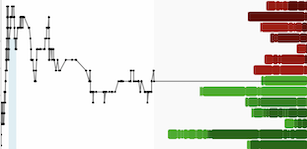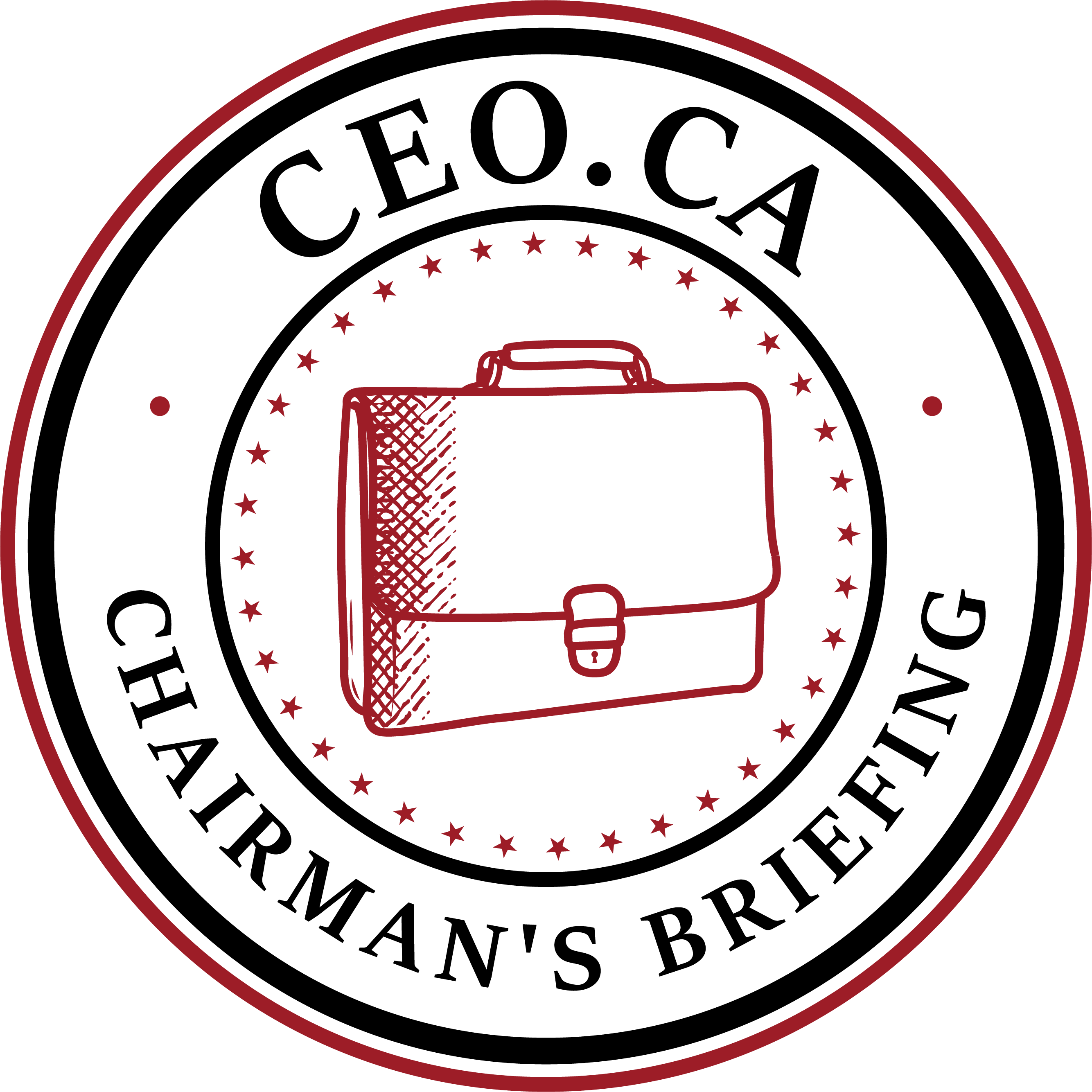Original Article: https://www.juniorstocks.com/frank-giustra-targets-u-s-mining-as-trump-slashes-red-tape
New magnetic targets, historic potential, and a strategic 2025 drill campaign position Military Metals at the forefront of Canada’s antimony resurgence.

Military Metals Corp (CSE: MILI | OTCQB: MILIF) is kicking off the second half of 2025 with momentum and precision as it announces newly identified exploration targets and the official start of fieldwork at its 100% owned West Gore Antimony Project in Nova Scotia. With Canada’s critical minerals strategy in full swing and federal funding of $3.8 billion committed to building out a secure supply chain, the timing for this news couldn’t be better. Military Metals is positioning itself as a key player in North America’s antimony supply, a strategic mineral essential for defense, semiconductors, batteries, and flame retardants.
The new targets were generated through the reinterpretation of high-resolution drone magnetics originally flown in 2021. This legacy dataset, reanalyzed by Halifax-based Resourceful Geoscience Solutions, has now unveiled three distinct anomalies with potential to expand the historical footprint of mineralization. What makes this particularly compelling is that the magnetic signature correlates with areas of known antimony mineralization that were previously mined over a century ago, providing a bridge between past production and future potential.
Scott Eldridge, CEO of Military Metals, isn’t mincing words. According to him, these results accelerate the Company’s strategy and allow for a confident, cost-effective drill program. Rather than starting blind, the 2025 field campaign begins with data, historical context, and a modern understanding of geophysics.
Target 1 sits adjacent to the main historical workings and suggests a possible surface extension of a chute previously mined underground. This could signal easy-to-access tonnage with known grades. Target 2 lies on a parallel structure known as the Brook Vein, where historic work in the form of a 47-foot shaft and an open cut points to serious past interest. Now paired with modern geophysics, the Brook Shaft area is back in play. Target 3 is in untouched terrain southwest of the historical mine, untested by drills or miners alike. This virgin ground could open a new frontier for the West Gore system if confirmed by upcoming surface geochemistry and follow-up drilling.
The initial field program starts with surficial geochemistry on all three targets, including soil and rock sampling. Target 3 will be prioritized for early surface work given its greenfield nature. Meanwhile, drill planning is already underway for the other two areas, both of which lie in proximity to historic underground infrastructure. The Company aims to test the continuity of mineralization near these workings and potentially add near-surface resource ounces.
Military Metals is also bolstering its QAQC program by creating custom certified reference materials using mineralized samples from historical waste dumps. These CRMs will ensure geochemical assays from the drill program are benchmarked against known values, an important step in maintaining technical credibility as results come in. Canadian Resource Laboratories has been engaged for this task, adding another layer of precision to the exploration process.
The 2021 drone magnetometer survey was a pivotal moment in the story of West Gore. It was originally commissioned by two prospectors before the project was acquired by Military Metals and flown by Vision 4k using a Scintrex CS-VL cesium vapor magnetometer. The resolution of the data is exceptional with 50-meter line spacing and flight altitudes as low as 30 meters above ground in areas of interest. While the raw data had been sitting dormant, the reinterpretation by RGS breathed new life into it. Their analysis highlighted magnetic contrasts that align with known structural controls of antimony mineralization, particularly in the southeast survey block that includes the historic production zone.
West Gore isn’t just another past-producing site. It’s a piece of Canadian wartime history. Between 1883 and 1917, the mine produced 7,000 tonnes of antimony concentrate at an average grade of 46 percent. This was strategic material during World War I, making its way to Allied processing facilities before tragedy struck. A shipment bound for Wales was torpedoed en route, bankrupting the operating company and halting operations. Since then, apart from minor exploration in the 60s and 80s, the site has remained largely forgotten. Until now.
What sets the mineralization at West Gore apart is its complexity and variety. It contains stibnite, native antimony, aurostibnite, and even antimony-gold alloys and oxides. These mineral phases point to a dynamic hydrothermal system with high-temperature mineralizing fluids. The project sits in the Meguma gold camp, known for its structurally controlled deposits, which further supports the idea that West Gore may still hold surprises beneath its surface.
The exploration strategy isn’t limited to boots on the ground. Petrophysical characterization will play a central role in the drilling campaign. This means carefully analyzing physical properties of rock samples to determine how effectively future geophysical tools might be deployed. If successful, this could lead to even more refined targeting, allowing Military Metals to tighten the loop between discovery and definition drilling.
Military Metals is doing more than exploring rocks. It’s building an ESG-forward narrative that aligns with Nova Scotia’s clean energy and economic resilience goals. By responsibly developing antimony resources, the Company is addressing both national security and sustainability. Antimony is on Canada’s critical minerals list for a reason. Its uses range from military-grade alloys to renewable energy technologies. With China controlling the vast majority of global antimony supply, domestic projects like West Gore are becoming increasingly vital.
This is all part of CEO Scott Eldridge’s broader strategy to turn overlooked assets into high-impact exploration stories. With experience in both the capital markets and mining operations, Eldridge is leading the Company with a blend of discipline and ambition. He’s backed by a technical team that includes Resourceful Geoscience’s David Murray, a seasoned geophysicist and NI 43-101 Qualified Person. With this mix of science, history, and strategic vision, the West Gore Antimony Project isn’t just being re-explored—it’s being reimagined.
As the drills prepare to turn and the samples begin to flow, Military Metals is placing itself at the intersection of critical minerals policy and grassroots exploration. West Gore may have started as a wartime asset, but in 2025, it’s a symbol of resilience, reinvention, and resource security.
Conclusion
Military Metals is making all the right moves at the right time. With newly defined geophysical targets, a clear plan for surface geochemistry and drilling, and a historical asset that still holds untapped potential, the Company is setting the tone for a meaningful second half of 2025. By blending modern science with a legacy deposit, West Gore is shaping up to be a cornerstone project in Canada’s critical mineral strategy. Investors should be paying attention. The antimony comeback has officially begun.
Sources
News Release July 8, 2025: https://www.stockwatch.com/News/Item/Z-C!MILI-3707478/C/MILI
Disclaimer
The author holds shares in Military Metals Corp and may buy or sell at any time. This article is for informational purposes only, was prepared independently without company involvement, and utilized AI assistance. It is not investment advice. Consult a qualified financial advisor before making investment decisions.



